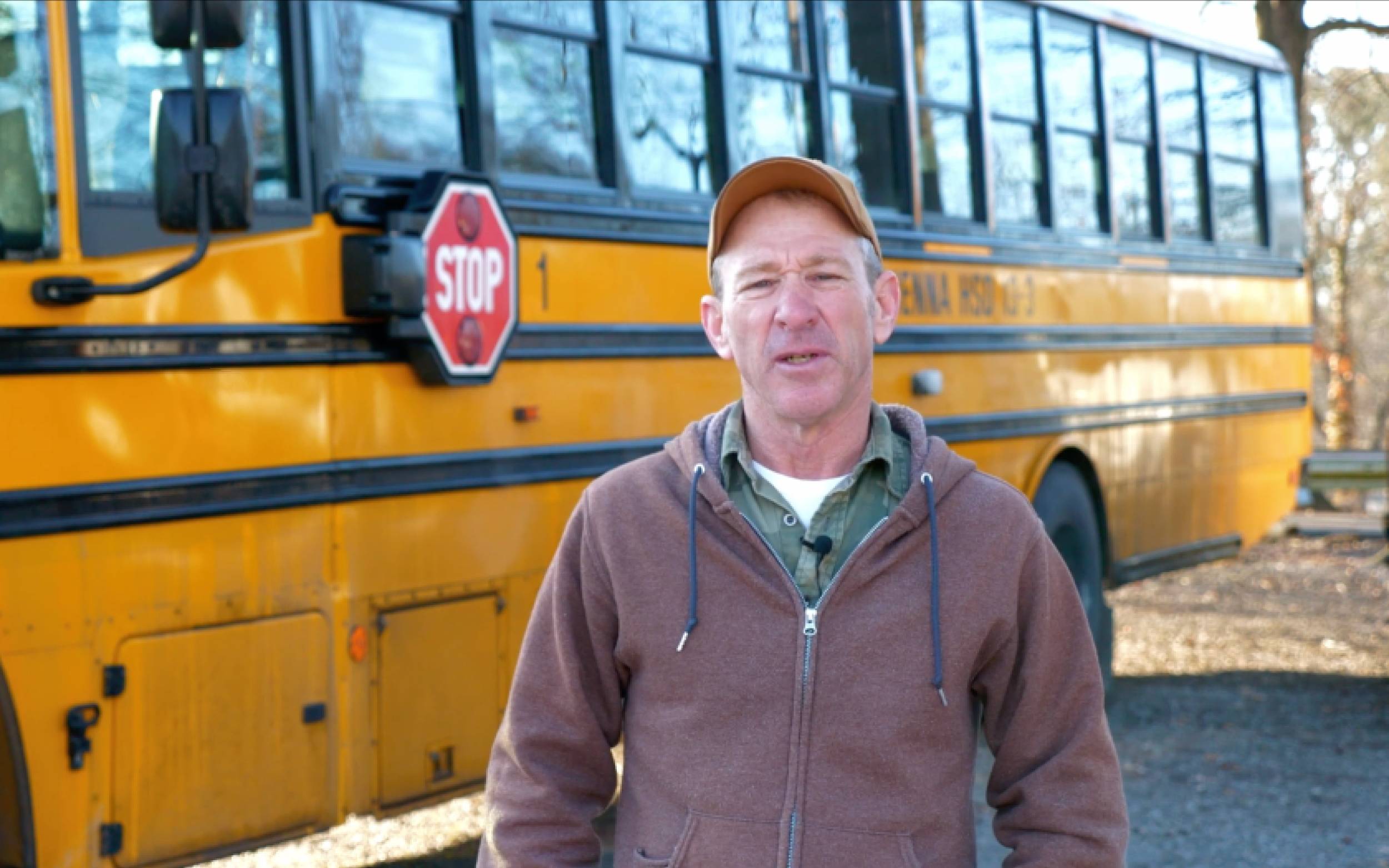
About Our Coalition
Giving Every Student the Education They Deserve
Funding Illinois’ Future (FIF) is a coalition of more than 100 school districts, leaders, parents, educators, community, civic and faith-based organizations that helped fix Illinois’ worst-in-the-nation school funding formula in 2017 with our advocacy for the historic implementation of the K-12 Evidence-based Funding Formula (EBF). We are now focused on the goal of equitable and adequate funding for all K-12 schools, and providing every Illinois student with the excellent education they deserve.






